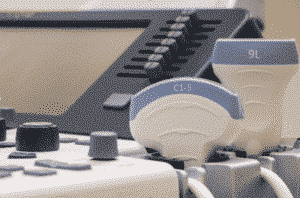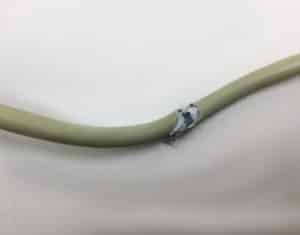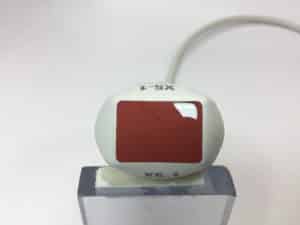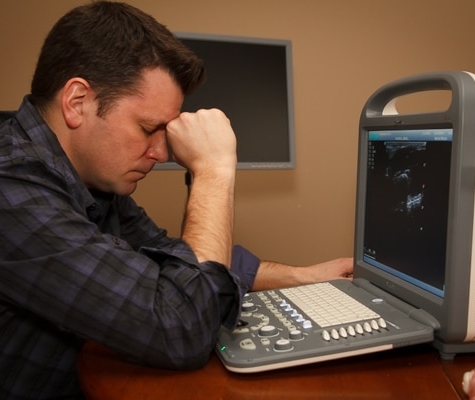Should You Repair or Replace your Ultrasound Probe?
A damaged ultrasound probe can put both the patient and user at potential risk for harm, including electrical shock, cross-contamination, and even images that could lead to misdiagnosis. Therefore, it is critical to diagnose the condition and repairability of ultrasound probes immediately upon noticing that something is wrong. Repair and maintenance of medical equipment can be costly; thus, the purpose of this article is to help guide you in deciding whether to repair or replace a damaged ultrasound probe.

Address your Ultrasound Probe Damage, Ultrasound Probe Problem, and Ultrasound Probe Repair
Common Ultrasound Probe Issues
The most common probe issue at Probo Medical is shadows and dropouts in the image. Typically, this is caused by damaged piezoelectric elements in the probe array. The elements’ primary function is to send and receive ultrasonic signals into the body creating the image on the screen. Damaged elements can be identified and properly assessed for repair via Probo Medical’s First Call diagnostic system. Dropouts may also be caused by damaged cables, acoustic lens, internal electronics, and connectors. Regardless, if you are seeing image dropouts and shadows, we highly recommend sending in your probe to Probo Medical for a free 24-hour repair diagnosis. The symptom and model of your ultrasound probe connector will determine the path of repair or replacement.
First Call Example:
Watch an example video featuring dropout here.

Probe connectors are the piece of the probe that plugs into the ultrasound system. Most connectors are either pinned or pin-less with robust build qualities to stand up against wear and tear. Unfortunately, they still break. Broken pins, locking shafts, knobs, and poor connections are all quite common faults on a ultrasound machine with probes for both free standing and portable machines. The good news is that a damaged connector can usually be repaired, so it’s likely you will not have to replace your probe.
Damage to the external jacket and/or internal wires of the probe cable can create a significant risk of electrocution to the patient and user, especially if the damage is as extreme as shown in this picture. If internal wires in the cable are frayed or broken, one could see a multitude of issues: artifacts and noise in Doppler modes, dropouts in an image, and even system shutdowns. If these symptoms exist, it is imperative to immediately stop usage and send the probe in for a repair diagnosis. Typically, repair is possible depending on the model, although allowing damage to worsen exponentially increases the chance that replacement is required.

The strain relief is the part of a probe that supports the connection between the ultrasound cable and scan head. The strain relief is frequently damaged due to improper bending and/or rough handling by the user. It’s critical to send it in for a repair evaluation immediately because if not addressed quickly, the probe will likely incur much greater damage. Thus, higher repair costs and possibly causing irreparable symptoms and probe replacement.
An ultrasound probe’s lens or membrane is soft, yet durable to provide a level of protection for the delicate elements. Unfortunately, it can still become worn, cracked or develop holes. Typically, it is a simple repair job that can prevent misdiagnosis and cross contamination but once again, don’t wait as further damage could make the probe non-repairable.

Repair or Replace?
Ultimately, if your probe is not working properly, we highly recommend sending it in for a free repair evaluation from Probo Medical. Not only will Probo Medical provide a free repair evaluation within 24 hours, we’ll also overnight a free loaner probe to eliminate any downtime! After the free repair evaluation, our staff will assist you in deciding between repairing and replacing the ultrasound probe.
Contact Probo Medical for a free repair evaluation here!
About the Author
Brian Gill is Probo Medical’s Vice President of Marketing. He has been in the ultrasound industry since 1999. From sales to service to customer support, he has done everything from circuit board repair and on-site service to networking and PACS, to training clinicians on ultrasound equipment. Through the years, Brian has trained more than 500 clinicians on over 100 different ultrasound machines. Currently, Brian is known as the industry expert in evaluating ultrasounds and training users on all makes and models of ultrasound equipment, this includes consulting with manufacturers with equipment evaluations during all stages of product development.


